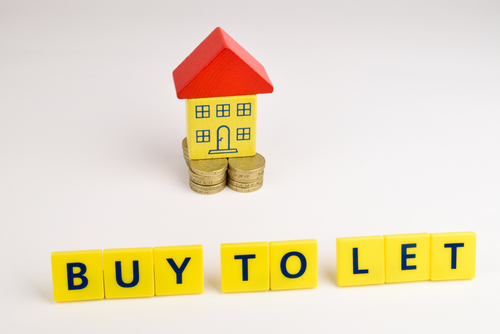New research by sales optimisation platform, Unlatch, shows that within the new-build sector help to buy homes has declined.
Since 2013 Help to Buy has allowed buyers to purchase a home newly built home with a 5% deposit.
An earlier version of the scheme allowed any buyer to make use of this, however, the current version called the Help to Buy Equity Scheme only accepts first-time buyers.
Help to buy market changes
Statistics show that in 2016, 38,411 Help to Buy property completions were registered in England.
By 2019 this figure increased by 36%, proving the help to buy market was steadily growing over time.
Help to Buy equity loans also increased from £2.1billion in 2016 to £3.6bn in 2019, while the market value of these properties rose to £15.8bn in 2019.
In contrast, more recent figures show that the volume of Help to Buy homes on the market, the value of loans, and the market value of these homes have dropped.
Unlatch claims that in 2021 there was a -10% drop in Help to Buy completions, the value of loans issued has fallen -9%, and total market values of Help to Buy Homes have reduced by -12%.
Housebuilders and Help to Buy
The new build sales optimisation platform also analysed the notoriety of Help to Buy among the nation’s three largest housebuilders.
Overall, between 2019 and 2020 the number of Help to Buy homes delivered to market by Barratt, Persimmon, and Taylor Wimpey dropped by -18%. While the number of completions that Help to Buy homes account for has increased to 43% in 2020.
Lee Martin, head of UK for Unlatch says: “Help to Buy has been very influential since it launched, but with the second phase now in full swing, it’s only natural that the volume of Help to Buy homes built, and loans issued, will start to tail off.”
“This is due to a number of factors. For a start, the market segment of buyers who qualify to purchase these homes has been reduced to first-time buyers only. In addition, housebuilders are no doubt anticipating the end of the scheme's expiry in 2023 and managing their output accordingly.”
“Many buyer profiles were no longer meeting the new criteria of being a FTB, hence divorcee’s and young second time buyers, to name just a couple, were having to look at other avenues available such as Shared Ownership schemes, which is becoming more and more popular with far less of a stigma associated to this buying facilitator.”
“It’s fair to say that there’s also been a pandemic influence at play as well, with Covid causing a drop in property completions across the board between 2019 and 2020. But while this negative trend has very much reversed on the whole, it remains to be seen if Help to Buy completions will bounce back with the clock ticking down to the final deadline.”
“That’s not to say that demand has evaporated and it’s clear that Help to Buy remains a key focus for the nation’s biggest housebuilders. In fact, the level of Help to Buy homes as a percentage of all completions has actually increased during the pandemic, accounting for 48% of output for the nation’s big three.”
“When the scheme does end, it will leave a sizable hole in this respect, although this will no doubt be plugged by another government initiative focussed on fuelling buyer demand in order to keep market values buoyant.”




















Join the conversation
Be the first to comment (please use the comment box below)
Please login to comment